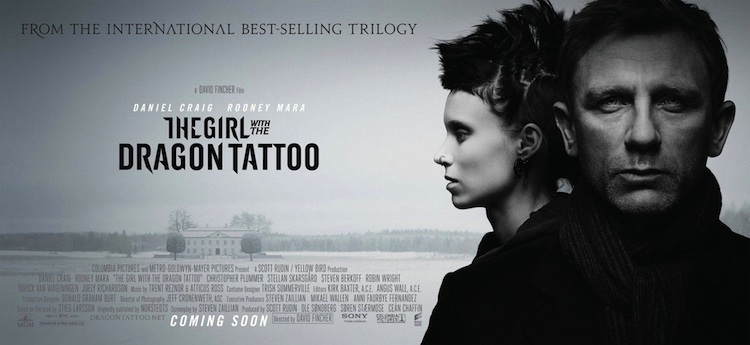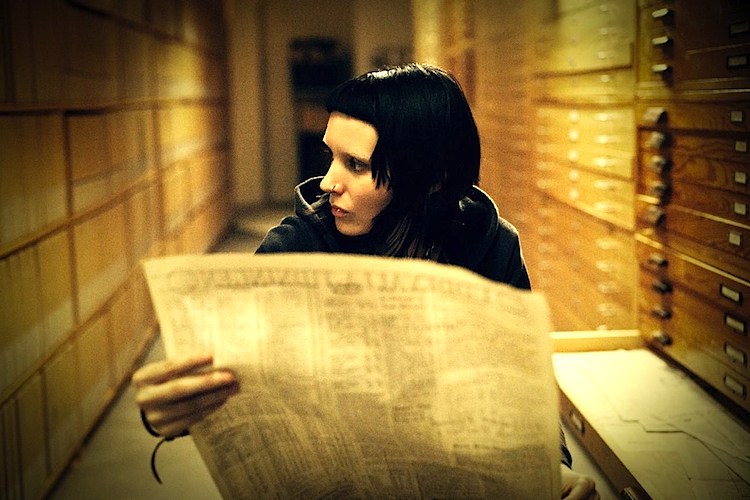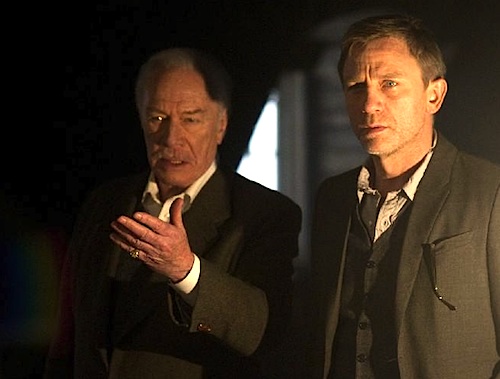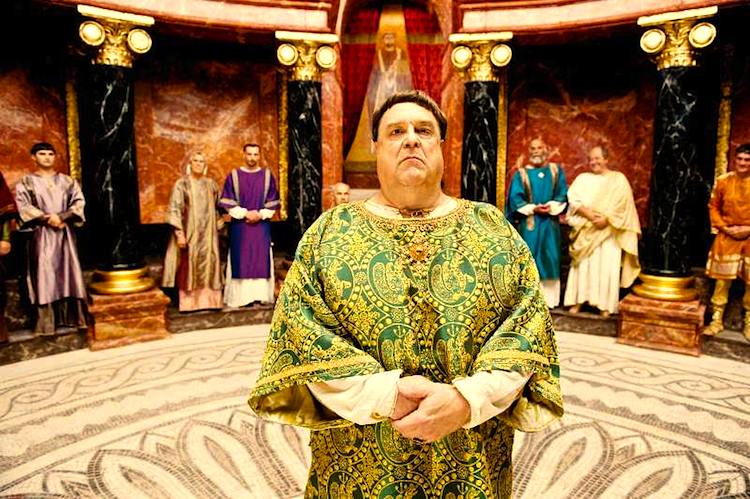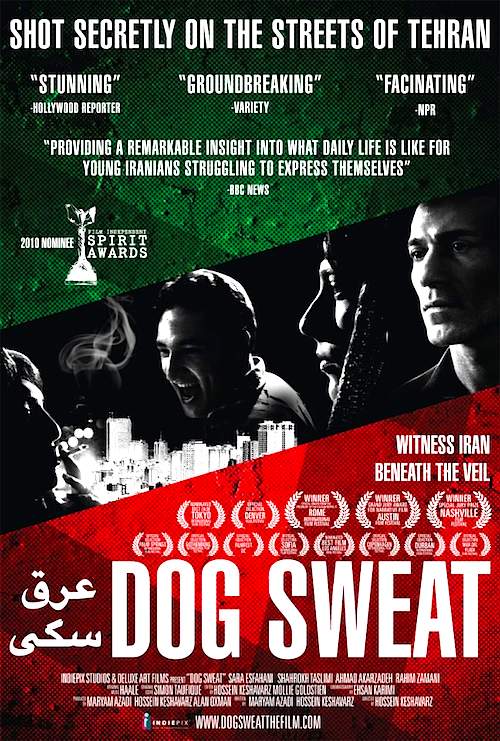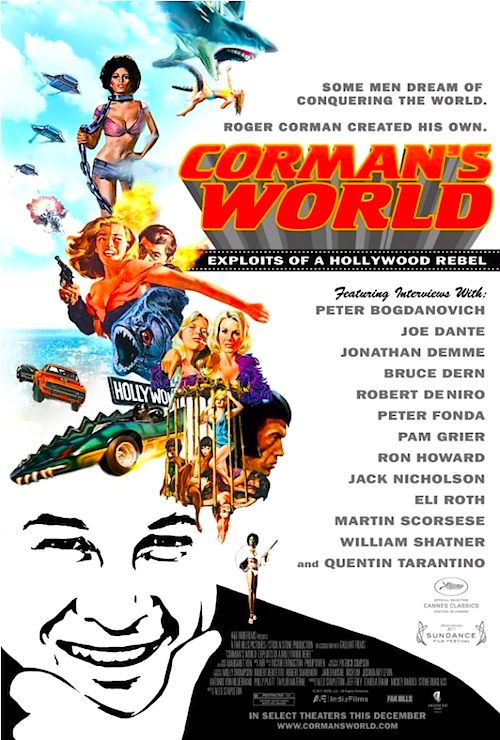By Joe Bendel. Do not call Miss Minoes catty. The proper term is feline. She should know what passes for political correctness amongst the cat population. She used to be one. Indeed, she has a difficult time acclimating to the human world in Vincent Bal’s Miss Minoes (trailer above), which opened Friday in New York.
After an unfortunate accident involving a mysterious barrel of chemicals from the local deodorant factory, Miss Minoes suddenly transforms into a human. However, she retains many of her feline characteristics, including a taste for fish, the fear of dogs, and an ability to caterwaul. Though some of her former friends now shun her, she can still communicate with the cats of Killendoorn, whom she uses as a network of informers for Tibbe, the incompetent journalist temporarily sheltering her. Naturally, newsmakers do not think twice about talking in front of cats. They are commonplace in this quaint little town and frankly rather disposable.
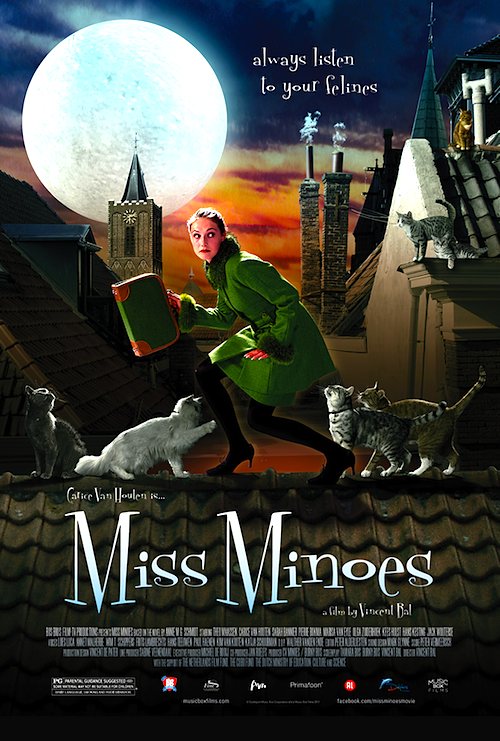 For a while, Tibbe becomes top dog at the paper. Unfortunately, when Miss Minoes and her feline associates goad him into writing an unsourced attack on the deodorant factory owner (a secret animal hater) he becomes the Mikael Blomkvist of Killendoorn. Still, a philanthropic industrialist will surely be no match for a woman with the mentality of a house cat and the eight year old girl living below Tibbe.
For a while, Tibbe becomes top dog at the paper. Unfortunately, when Miss Minoes and her feline associates goad him into writing an unsourced attack on the deodorant factory owner (a secret animal hater) he becomes the Mikael Blomkvist of Killendoorn. Still, a philanthropic industrialist will surely be no match for a woman with the mentality of a house cat and the eight year old girl living below Tibbe.
Without question, Carice van Houten’s work as Miss Minoes is quite a pleasant surprise. Her twitchy, cat-like mannerisms and wide-eyed naivety are rather disarmingly winning. Though an international star, she is clearly not afraid to look silly, which is cool. On the other hand, Theo Maassen’s Tibbe is just a big lunkhead. He might be somewhat “likable,” but it is hard to invest in a character that is dumber than the animals around him.
Yet the biggest problem with the film is the standard issue villain, Mr. Ellemeet of the DEO factory (broadly but flatly played by Pierre Bokma). Frankly, the nefarious businessman-slash-hypocritical fussbudget is such a cliché even the cats in the film seem bored with him. It really is a shame, because his subplots are so rote and uninspired, they weigh the film down like an albatross around its neck.
Indeed, there are some nice elements to be found in Miss Minoes, including an appealingly eccentric lead turn from van Houten. Cinematographer Walther Vanden Ende’s warm lighting and autumnal color palette are also quite inviting. They just get no help whatsoever from the inert, paint-by-numbers screenplay, based on Annie M.G. Schmidt’s Dutch children’s book. For cat loving little girls, it is probably still quite engaging, but parents should be warned, there is some mild, dubbed cursing. Cineastes should also beware, the dubbing is considerably below current anime standards. Mostly harmless and occasionally charming, despite trafficking in the worst class-based stereotypes, Miss Minoes opened Friday in New York at the Cinema Village and the Elinor Bunim Munroe Film Center.
Posted on December 27th, 2011 at 7:43pm.
